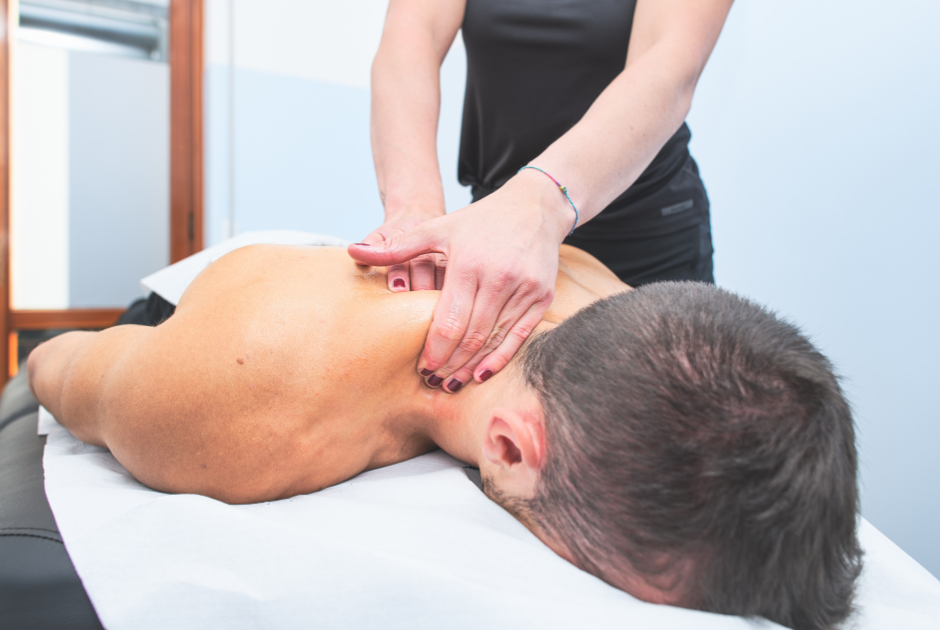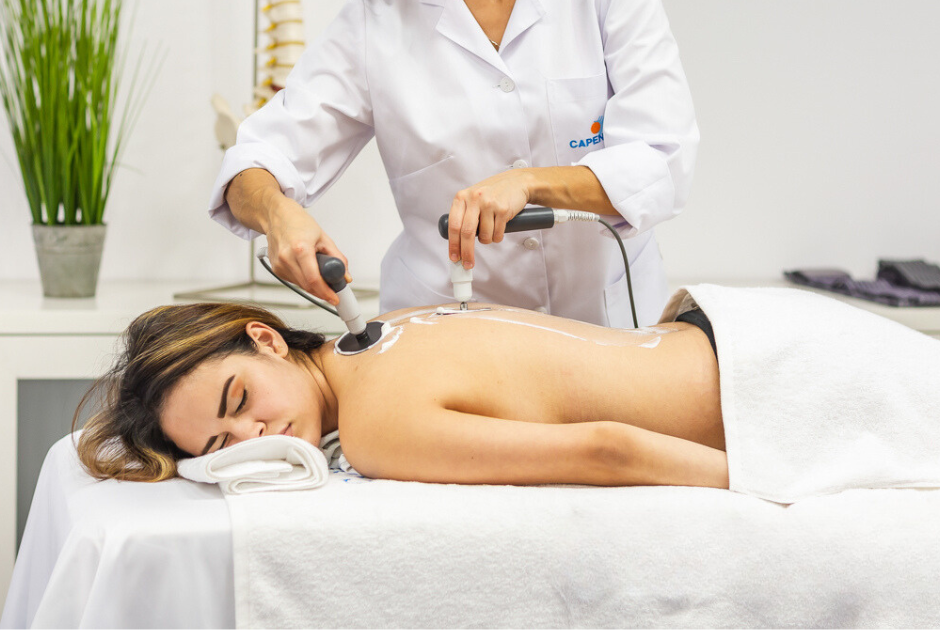
Tension headaches are one of the most common headaches among the population and a common reason for a visit to the doctor ‘s office. In this blog, we will discuss tension headaches, a health issue heavily linked to anxiety and depression.
In the course of their life, roughly 96% of all people will experience an episode of tension headaches. It tends to be more common among 30 to 39 year old individuals and it tends to happen more often to women.
We will examine the causes, symptoms and treatment options of tension headaches and we will highlight the innovative role of Capenergy’s technology in the relief and management of this annoying malaise.
What are tension headaches?
Tension headaches are one of the most frequent types of headaches among the population.
It generally manifests as mild or moderate pain or unease in the head, scalp or neck area. The pain tends to start in the front part of the head or around the eyes , generating a feeling similar to a strap tightening around the head. It can also manifest as pain accompanied by palpitating muscles in the scalp, shoulders and neck.
What causes tension headaches?
Although tension headaches don’t have one specific cause, because of their multifunctional character, they tend to appear when the muscles of the neck, skull, scalp and in some cases also the jaw tighten or contract for a longer period of time, during stressful or tense situations, thus causing inflammation and pain.

Some of the factors triggering tension headaches are:
- Physical or emotional stress.
- Alcohol consumption.
- Excess caffeine consumption
- Health issues such as colds, the flu or sinus infections.
- Oral problems, including jaw issues or ATM.
- Inadequate head postures.
- Eyestrain.
- Tobacco use
- Fatigue or excess effort.
- Trigger points.
What are the symptoms of tension headaches?
Normally the pain is described as a feeling of tension or pressure on the forehead, the sides of the head and neck, which appears suddenly and is sometimes accompanied by increased luminar and acoustic sensitivity. It’s generally associated with higher back pain or eyestrain, but contrary to migraines, there is no nausea or vomiting.
Tension headaches can be occasional or chronic. Most people experiencing occasional or non frequent tension headaches, report suffering from it for 30 minutes up to one week. Normally the episodes are short-lived but headaches can persist for a couple of days.
Frequent occasional tension headaches can last from 1 up to 14 days per month and they can become chronic.
On the other hand, chronic tension headaches can be quite invalidating as pain is present for more than two weeks per month for a period of three months at least.In these cases, the headaches are continuous throughout the day, varying in level of intensity.
Treatment of tension headaches
Conventional medical treatment tends to include painkillers to alleviate the pain, muscle relaxers and antidepressants, especially in cases of chronic tension headaches. In these cases, the treatment often includes infiltrations of botulinum toxin.
Furthermore, physiotherapy can play an important role in the treatment, as it offers a series of benefits, such as:
- Relief of head and neck pain.
- Improved irrigation and vascularization of the affected area.
- Relaxation of the affected muscles.
- Increased mobility of the affected structures.
- Improved motor control of the affected articulations.

An early physiotherapeutic intervention can be crucial to prevent chronic tension headaches. The most commonly used techniques include manual therapy, mobilization, myofascial techniques, therapeutic exercises, relaxation techniques, stretching exercises and the use of electrotherapy devices.
Treatment of tension headaches with 2nd generation radiofrequency
With regards to electrotherapy, the application of profound diathermy, radiofrequency and hyperthermia (tecartherapy) has shown promising results in patients suffering from tension headaches. This technological approach allows for a more integral and profound treatment in comparison to treatment with medication or manual physiotherapy.
Thanks to its capacitive plates with temperature sensor, the automatic system TECAR EVOLUTION allows treating the nervous system inducing general relaxation of the patient, thus minimizing the stress levels triggering the headaches.
One of the distinctive characteristics of Capenergy is its capacity to perform automatic treatments, with its 200 cm2 accessories that allow working on deeper levels and treating larger surfaces, improving the vascularization of and oxygen and nutrient supply to the affected tissues.

Furthermore, the simultaneous manual application of the capacitive and resistive electrodes, called ‘cross-fires’ by Capenergy, allow for the treatment of the affected muscles, stimulating muscle relaxation and improving the supply of oxygen and nutrients to the affected hypoxic tissues.
Some additional recommendations include maintaining adequate postural hygiene, regular exercise to maintain the muscle tone of the neck, in combination to treatment sessions with TECAR EVOLUTION as a preventive measure.
Conclusion: the treatment of tension headaches with 2nd generation radiofrequency offers an integral and effective approach for pain relief, improving the patient’s life quality.
Would you like to know more about Capenergy’s radiofrequency and how it can help you treat your patients’ ailments in your clinic? Request a free demo.